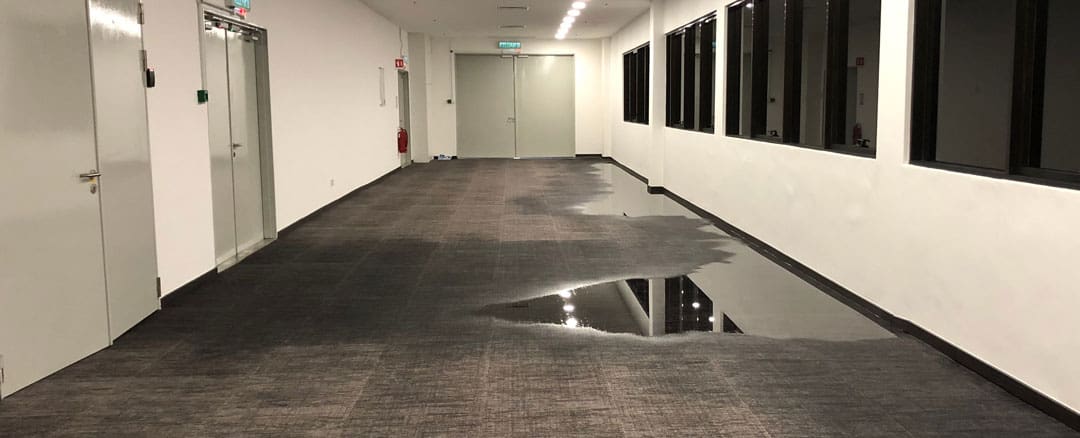In this article down the page you might get a bunch of sound resources with regards to What You Can Do At Home To Prevent Fire And Water Damage.

Water offers life, water intrusion on parts where it's not supposed to be can result in damages. It can peel off away surfaces and deteriorate the structure if the water soaks into your framework. Mold and mildew and mildew also prosper in a moist atmosphere, which can be harmful for your health. Homes with water damages smell stuffy as well as old.
Water can originate from many sources such as tropical storms, floods, ruptured pipes, leakages, and also sewage system problems. In case you experience water damage, it would be good to recognize some security preventative measures. Below are a couple of guidelines on how to handle water damages.
Do Prioritize Home Insurance Coverage Insurance Coverage
Water damage from flood as a result of heavy winds is seasonal. Nevertheless, you can additionally experience an unexpected flooding when a faulty pipeline suddenly bursts into your home. It would certainly be best to have residence insurance policy that covers both acts of God such as all-natural tragedies, and also emergencies like busted plumbing.
Don't Forget to Switch Off Utilities
In the event of a disaster, specifically if you live in a flood-prone location, it would be recommended to switch off the main electrical circuit. This removes power to your whole residence, preventing electric shocks when water is available in as it is a conductor. In addition, don't fail to remember to switch off the major water line shutoff. Furniture will relocate around as well as trigger damages when floodwaters are high. Having the primary valve turned off prevents additional damage.
Do Stay Proactive and Heed Weather Notifies
Listen to evacuation cautions if you live near a creek, river, or lake. Doing so lowers prospective building damage.
Don't Overlook the Roofing System
You can stay clear of rainfall damages if there are no openings as well as leaks in your roof. This will certainly protect against water from moving down your wall surfaces as well as saturating your ceiling.
Do Take Note Of Little Leakages
A ruptured pipeline does not take place over night. You may observe gurgling paint, peeling off wallpaper, water streaks, water spots, or trickling audios behind the walls. Have your plumbing repaired before it results in huge damage.
Don't Panic in Case of a Ruptured Pipe
Maintaining your presence of mind is important in a time of crisis. Worrying will just compound the problem due to the fact that it will certainly suppress you from acting fast. Timing is essential when it comes to water damages. The longer you wait, the more damages you can expect. Hence, if a pipe bursts in your home, instantly turned off your primary water shutoff to cut off the resource. After that unplug all electric outlets in the location or switch off the circuit breaker for that part of the house. Call a reputable water damage restoration expert for help.
Water provides life, water breach on components where it's not intended to be can result in damage. Houses with water damage scent old and mildewy.
Water damage from flood dues to hefty winds is seasonal. You might observe bubbling paint, peeling off wallpaper, water streaks, water stains, or dripping noises behind the wall surfaces. When it comes to water damage, timing is key.
Are Water Mitigation and Water Damage Restoration the Same Thing?
When are Water Mitigation Services Needed?
Water intrusion can come from small sources like a dishwasher leak or larger ones like rainwater causing inches of standing water in a basement. Other instances of damage that call for water mitigation services include:
Sewer backup, sump pump failure, or clogged toilets Toilet wax seal failure Shower pan corrosion Pipe leaks and ruptures Washer or icemaker line breaks HVAC drain line blockage A leaking roof Moisture behind walls Foundation cracks Mold Mold is a good example to illustrate how water mitigation works. We’ve often found that clients we do mold remediation services for had existing water damage issues that ended up leading to the mold damage. When performing water mitigation we look for what’s causing the water problem and for ways to stop mold before it multiplies and becomes a bigger concern.
Are You Currently Experiencing a Water Disaster?
If you’re in the middle of a water intrusion disaster, here are some important dos and don’ts to follow:
Don’ts:
Safety first! Do not enter a room with standing water until the electricity has been turned off! A regular household vacuum should never be used to pick up water. Never use electrical appliance if standing on a wet floor or carpet. Leave visible mold alone. Dos:
Call a water mitigation professional as soon as possible. Mold and other damage can begin within hours of a water intrusion. Mop and blot up as much water as possible. Remove non-attached floor coverings and mats but leave wall-to-wall carpeting removal to a pro. If there are window coverings like draperies that touch the water, loop them through a hanger and put them up on the rod. Remove wet cushions to dry and wipe down soaked furniture. Move valuables like paintings, photos, and art objects to a dry location. Books should be left tightly packed on shelves until it’s determined if they need specialized drying. Prop open closets, cabinets, and drawers to allow them to air out. https://cfrsfl.com/blog/are-water-mitigation-and-water-damage-restoration-the-same-thing/

I am just very focused on Keeping Your Home Safe This Holiday Season and I really hope you appreciated my blog posting. Be sure to set aside a second to share this write-up if you enjoyed reading it. We enjoy reading our article about Preventing Fires and Water Damage In Your Home.